Teams all have the same amount of time, but it’s often not handled well. Full calendars, late due dates, and unclear priorities hinder the amount of work companies accomplish and the overall satisfaction of their employees. When things are messy, workers find it hard to keep up, and things slow down. The fix is to plan better—with methods that not only set up meetings but also link time to getting work done. Current project management tools keep this in mind, making sure every hour counts and lines up with the bigger picture.
Good scheduling isn’t just about speed; it’s about balance. Teams that manage their time effectively reduce stress, prevent burnout, and stay focused on what matters. Managers also get a clear view to plan things, dodge problems, and keep projects going. By seeing time as something everyone owns, instead of a personal issue, companies can use scheduling to get ahead, making teamwork easy and hitting targets all the time.
Lark Calendar: giving structure to daily priorities
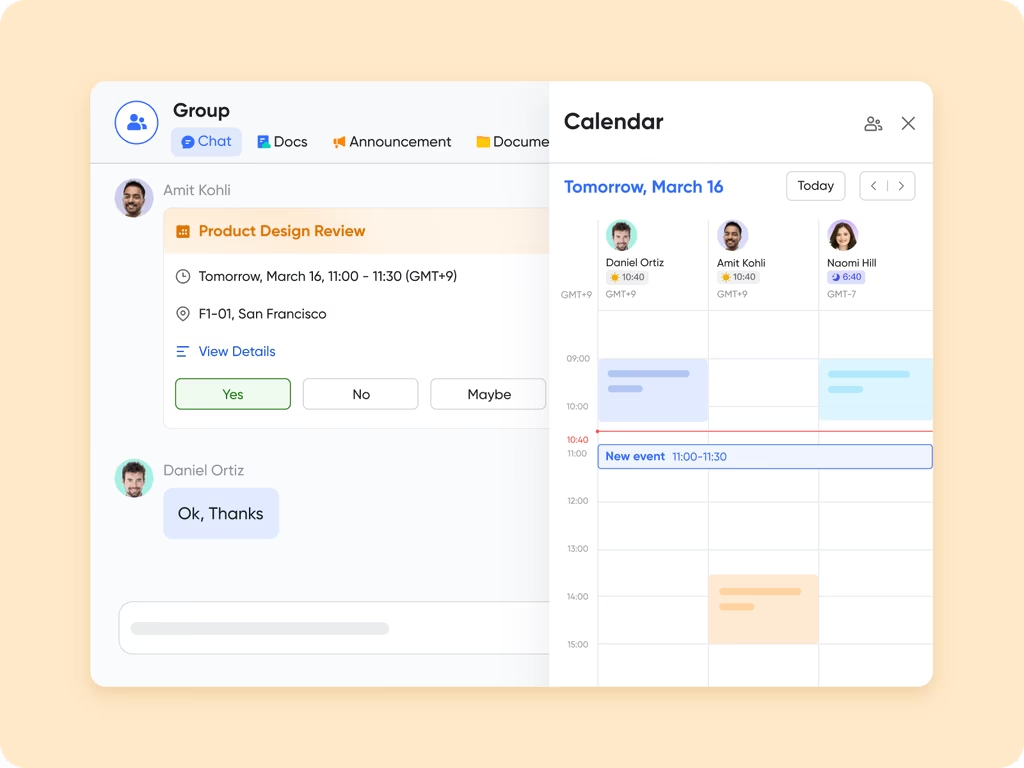
A good calendar is key to smart scheduling. Lark Calendar doesn’t just block out time; it links schedules to how teams work, so meetings, tasks, and deadlines stay in sync. Shared views show everyone’s availability, cutting down on scheduling hassles. Time-zone support makes it easy to work with global teams, and smart reminders help people get ready for appointments. By linking events to Docs or Base records, Calendar makes sure meetings are always relevant. It’s not just a scheduler; it’s a tool that keeps everyone on the same page, so every meeting helps you move forward.
Lark Base: linking schedules with customer and project priorities
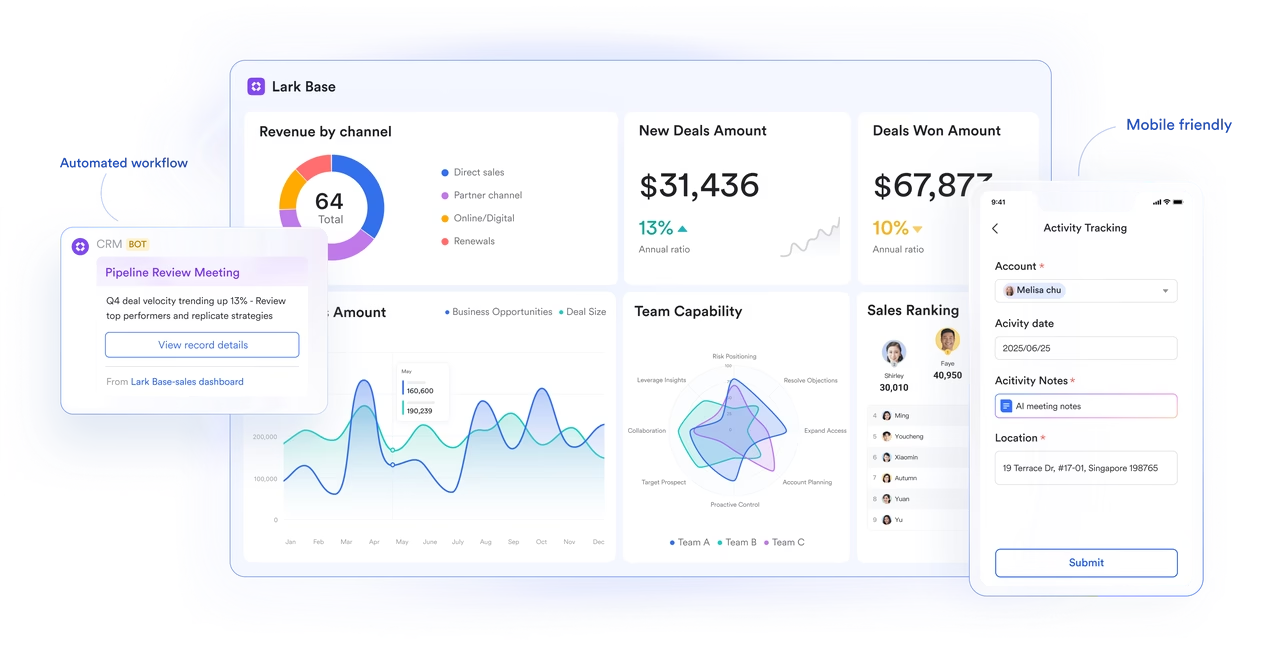
Scheduling becomes unproductive if it doesn’t reflect what matters most to customers and projects. Lark Base connects structured databases with timelines, ensuring schedules reflect priorities as well as availability. Leaders can quickly check if deadlines align with customer needs, while employees track goals using flexible views. Visualizing how delays affect related tasks helps teams plan better, and automatic updates keep records current without extra manual work. In addition to project planning, Lark Base scheduling features can also come into play when you need a CRM app: it helps teams connect customer pipelines with internal deliverables, so time management stays aligned with business outcomes.
Lark Docs: preparing agendas and keeping schedules purposeful
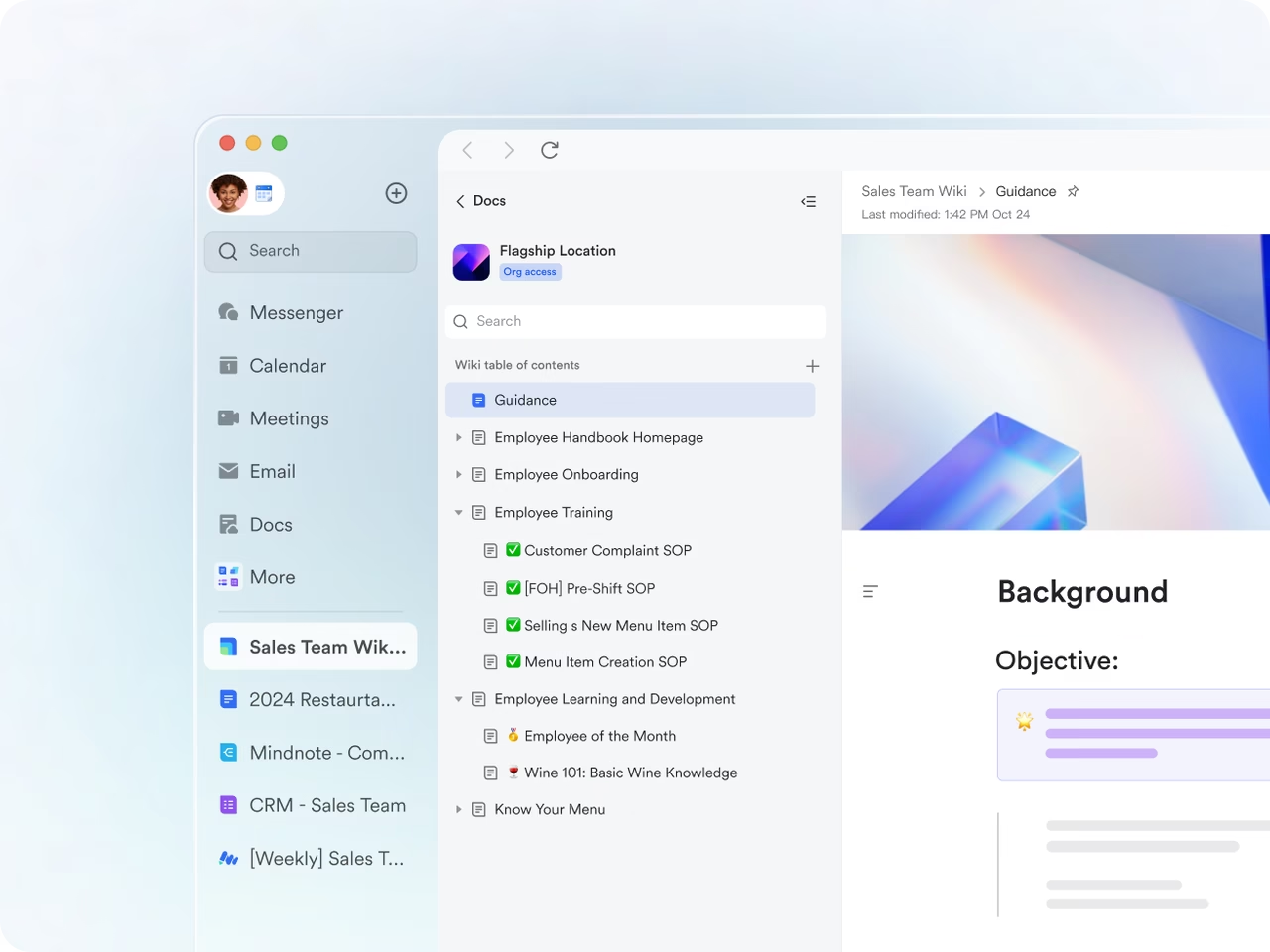
Bad meetings waste everyone’s time. Lark Docs can fix that by letting teams work together on agendas that get stuff done. People can edit docs together before the meeting, so everyone’s on the same page. You can even drop in live data from Sheets to keep chats based on real numbers. Comments let you clear things up beforehand, which means less time spent in the meeting itself. Plus, the version history keeps everyone aligned with how the agenda changes, so you don’t repeat work. Basically, Docs turns meetings from time-sucks into focused, productive sessions where every minute counts.
Lark Messenger: keeping time-sensitive updates out of meetings
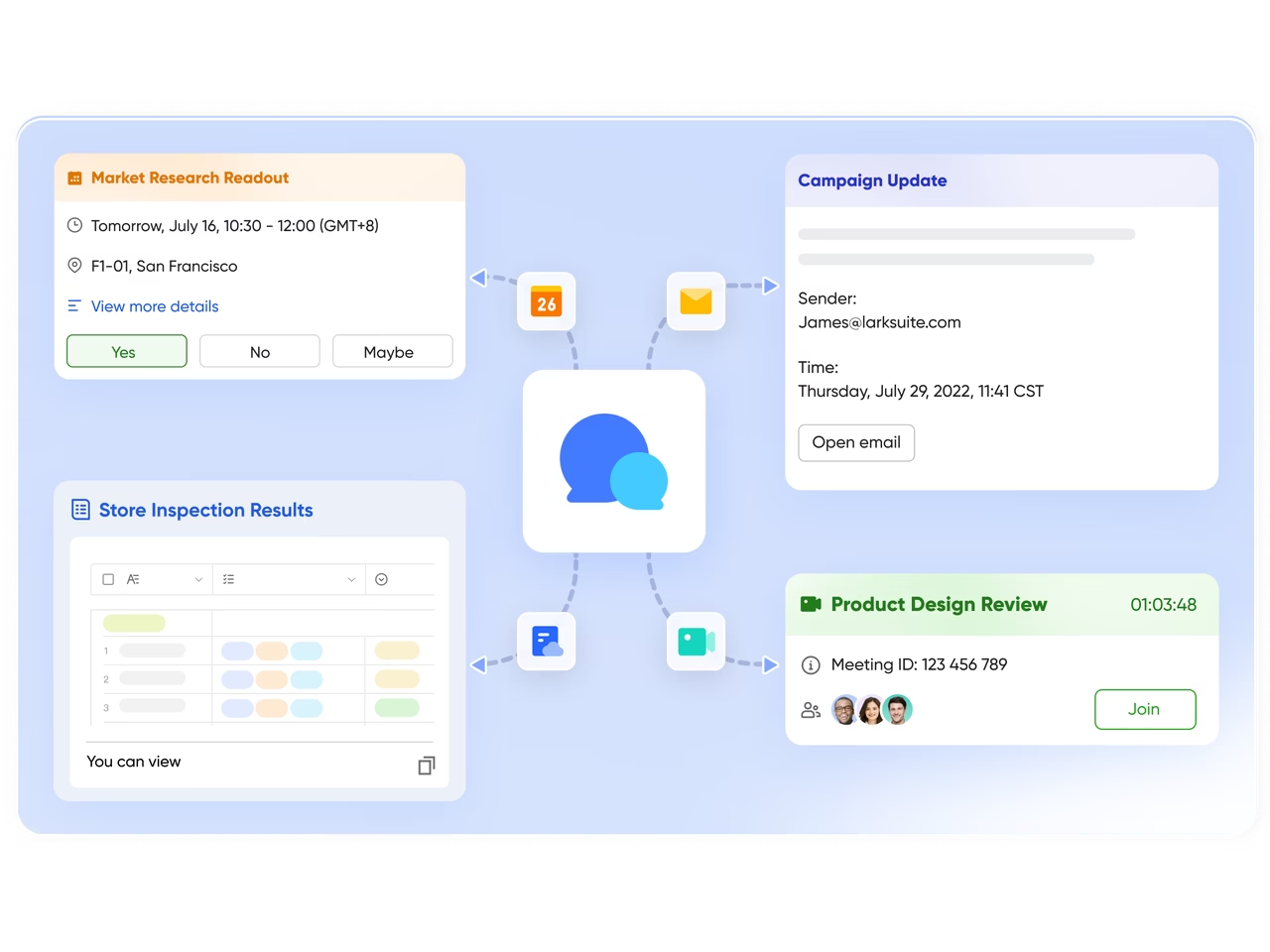
Many meetings are conducted only because teams lack a better way to share quick updates. Lark Messenger saves time by enabling real-time communication that connects directly to tasks and schedules. Urgent reminders can be surfaced through Buzz notifications, while pinned announcements keep important updates visible. Conversations can convert instantly into tasks, reducing the need for additional coordination calls. Threaded discussions organize communication around projects, keeping everyone aligned without pulling them into extra meetings. By reducing the number of low-value sessions, Messenger helps teams reclaim hours that can be spent on meaningful work.
Lark Approval: ensuring decisions don’t stall schedules

Delays in decision-making are one of the biggest causes of missed timelines. Lark Approval prevents this by turning sign-offs into efficient, predictable steps within scheduling. Requests are submitted with structured forms, ensuring decision-makers have the information they need upfront. Automated routing sends them to the right people instantly, avoiding bottlenecks. Notifications in Messenger surface pending requests where leaders are already collaborating, keeping responses timely. Every decision is tracked within an automated workflow, ensuring accountability and consistency. By removing uncertainty from approvals, teams can keep schedules on track without wasting time waiting for decisions.
Lark Minutes: capturing outcomes to reduce repeat meetings
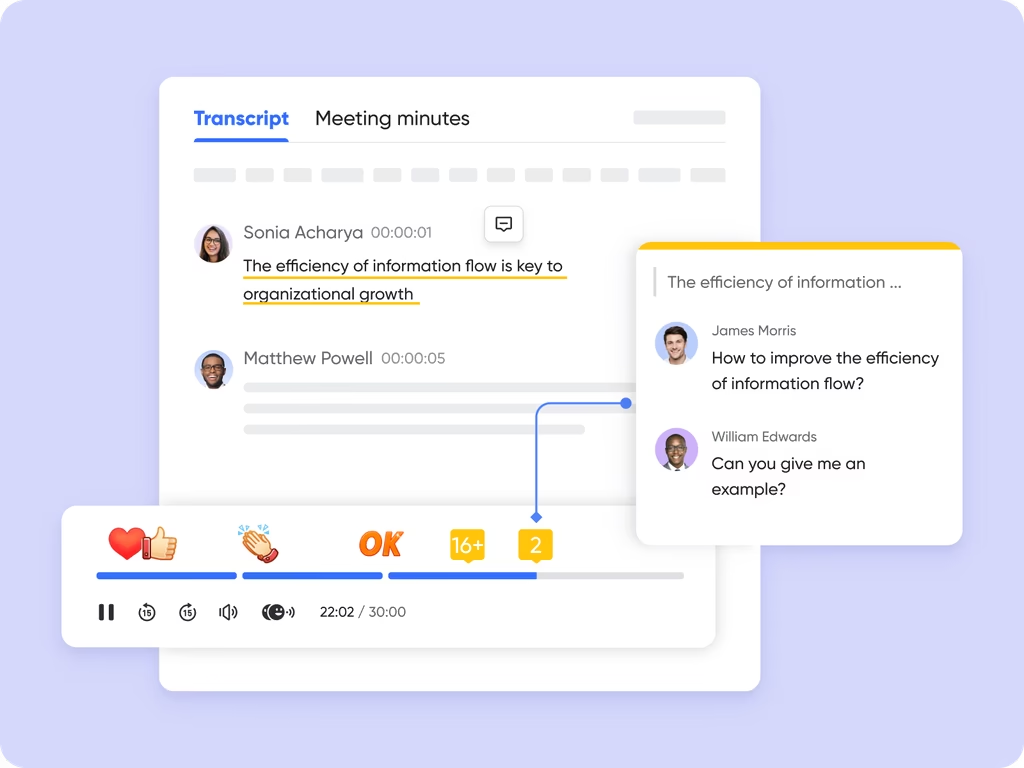
One big reason schedules get too full is that teams have the same meetings over and over to talk about things they still haven’t solved. Lark Minutes fixes this. It automatically writes down what’s said, and picks out the things people have to do. Instead of wasting time writing notes again or figuring out who’s doing what, it’s all in one spot. If people can’t make it to the meeting, they can look at the main points or clips, so you don’t have to have another meeting. It sends to-dos right to tasks, so people can start working on them right away. Minutes make sure meetings actually clear things up. This cuts down on the need for follow-up meetings and saves a lot of time.
Read More: Boost Productivity with Time Tracker Software for Teams
Conclusion: time as a strategic asset
When schedules are disorganized, time slips away unnoticed. But when managed smartly, scheduling becomes a strategic advantage. Lark provides the tools to make this possible. Calendar structures priorities, Base connects schedules with projects and customers, Docs prepares purposeful agendas, Messenger reduces unnecessary meetings, Approval ensures decisions don’t stall progress, and Minutes captures outcomes to avoid repetition.
Together, these tools redefine scheduling as more than logistics—it becomes the backbone of alignment and execution. Teams save time, reduce errors, and maintain focus on the work that drives results. In a world where every hour counts, smart scheduling is not just about efficiency—it is about keeping teams aligned, motivated, and on track.

